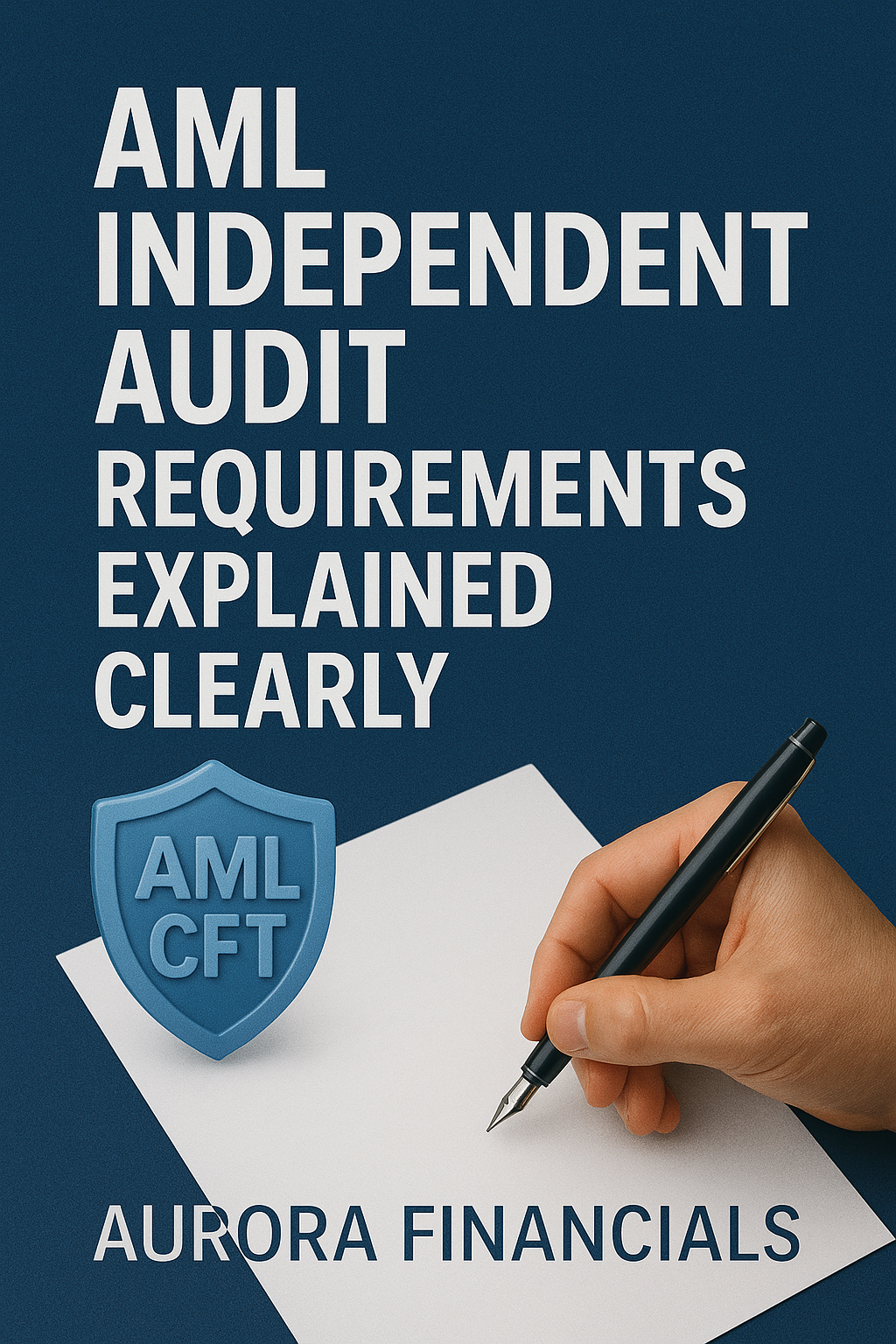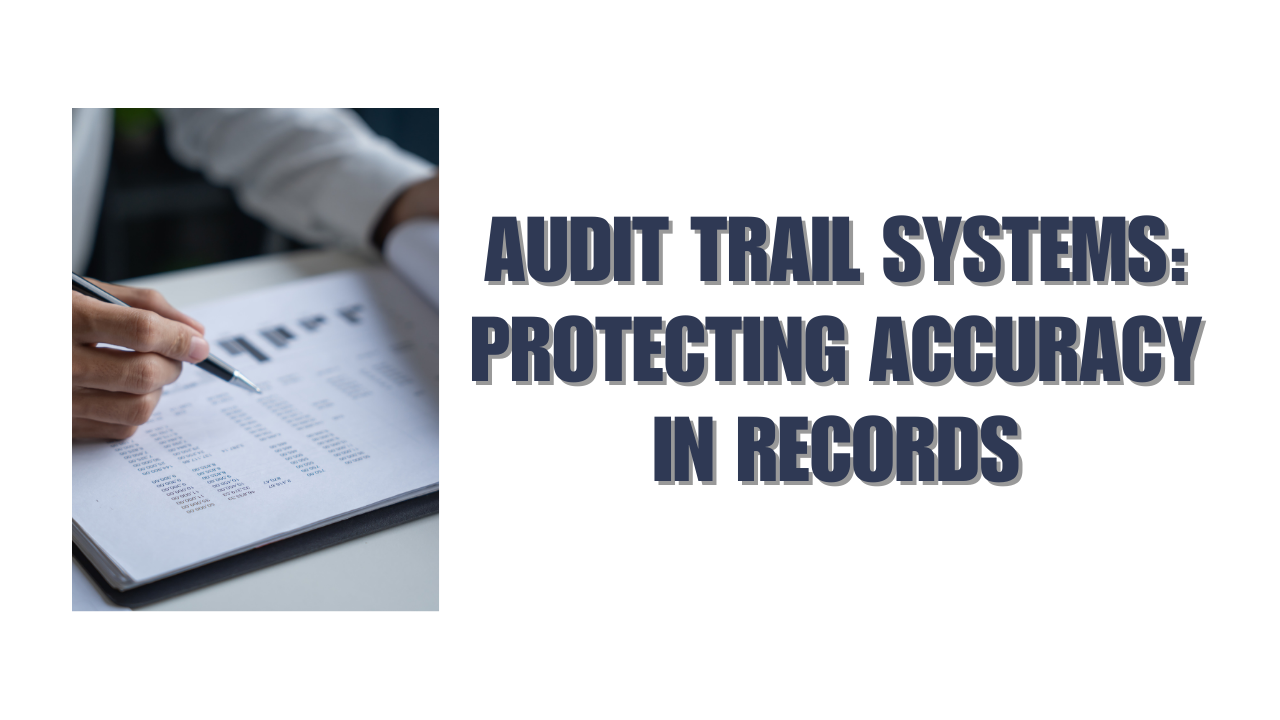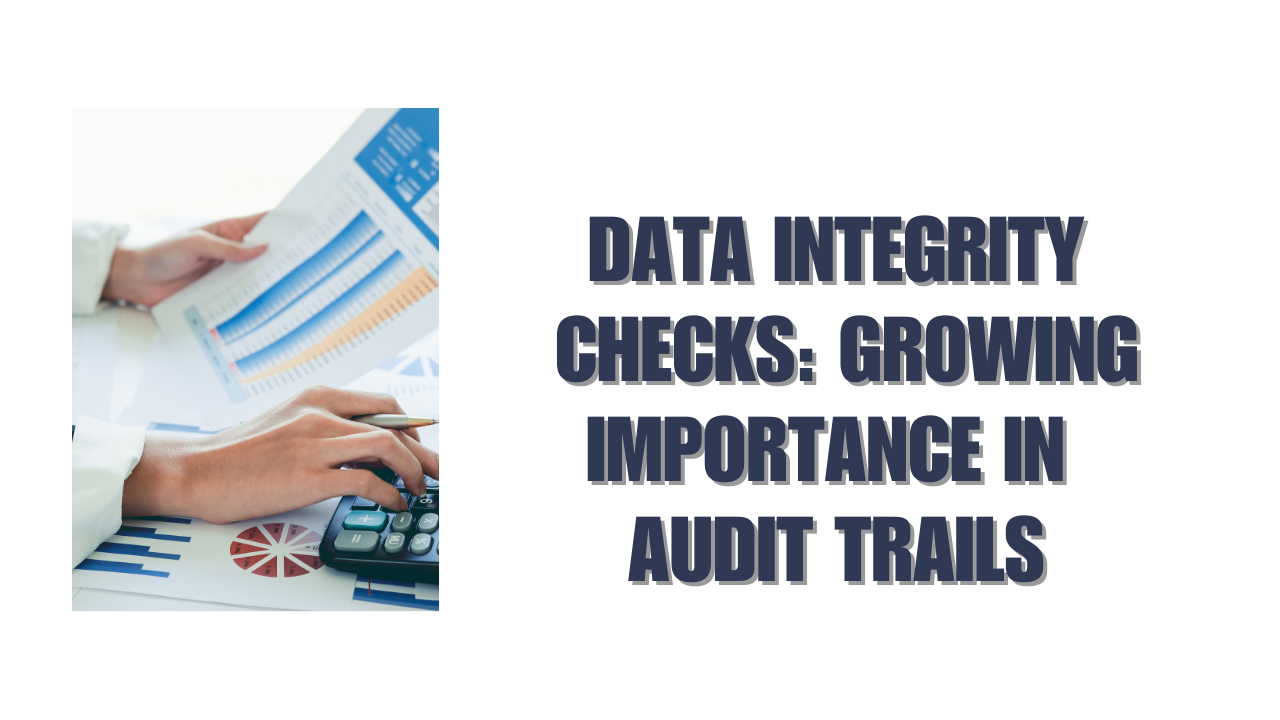Financial crime is a growing threat, and governments around the world are tightening laws to fight it. One of the most important tools in this fight is the independent AML audit. If your business falls under anti-money laundering (AML) regulations, you’re likely required to conduct one.
But what exactly does an AML independent audit involve? Who can perform it? And what are the key requirements businesses need to meet?
In this blog, we’ll explore the core components of an AML independent audit, why it’s mandatory, and how you can prepare to meet compliance standards with confidence.
What Is an Independent AML Audit?
An independent AML audit is a third-party or internally segregated review of your AML framework. It checks whether your business is meeting all regulatory expectations under anti-money laundering and counter financing of terrorism (CFT) laws.
This isn’t just a formality. The audit must be thorough, impartial, and evidence based. It reviews your risk assessment, customer due diligence (CDD) process, staff training, suspicious transaction reporting (STR), and more. The AML auditor must be independent meaning they cannot be part of the daily AML compliance operations.
The purpose? To identify weaknesses, confirm what’s working, and provide recommendations that will help protect your business and ensure regulatory compliance.
Why Is an Independent AML Audit Required?
Regulatory bodies around the world—from New Zealand’s DIA to the U.S. FinCEN and the UK’s FCA—require businesses to conduct regular AML audits that are independent of the day-to-day compliance team.
Here’s why:
- Objectivity: An independent auditor provides a fresh, unbiased view of your processes.
- Accountability: It shows regulators that you’re taking compliance seriously.
- Early Detection: It helps catch issues before they lead to penalties, reputational damage, or criminal exposure.
- Ongoing Improvement: Recommendations from audits guide your business toward stronger, more resilient systems.
In short, it’s not just about following the law—it’s about protecting your business from real financial crime threats.
Key Requirements of an Independent AML Audit
To meet regulatory expectations, your AML independent audit must cover specific areas. Each of these should be clearly documented and tested:
1. Independence of the Auditor
The person conducting the audit must not be involved in your day-to-day AML operations. In small businesses, this might be a senior manager who doesn’t handle compliance. For larger or higher-risk firms, an external expert is often preferred.
2. Risk-Based Scope
The audit must be tailored to your business’s specific AML/CFT risks. For example, a real estate firm has different risks compared to a financial services provider. The audit should reflect that.
3. Full Program Review
Auditors must assess all parts of your AML program, including:
- Risk assessments
- Customer onboarding and due diligence
- Transaction monitoring
- Staff training
- Internal reporting procedures
- STR and compliance reporting
4. Testing and Evidence Collection
Auditors must not only review policies but test how well they work. This includes sampling customer files, reviewing STR logs, and assessing staff responses to red flag scenarios.
5. Audit Report and Recommendations
The findings must be documented in a detailed report. It should include observations, non-compliance issues, and action steps. This report must be shared with senior management and, if requested, with regulators.
When should an AML Independent Audit Be Conducted?
Most regulators expect an independent AML audit to be conducted at least annually. However, the exact frequency depends on your business’s risk profile.
High-risk sectors (e.g., money remitters, virtual asset service providers) may need more frequent audits. Low-risk businesses may go slightly longer between audits—but only if they can justify it in their risk assessment.
Importantly, audits should also be done:
- After major business changes (e.g., mergers, new services)
- When new AML regulations are introduced
- After enforcement actions or compliance failures
In short, don’t wait until something goes wrong. Stay proactive.
Common Pitfalls to Avoid
Many businesses get tripped up in AML audits because they miss simple but critical requirements. Here are common mistakes to avoid:
- Using someone involved in compliance to conduct the audit (lack of independence)
- Outdated policies that don’t reflect new risks or regulations
- Poor documentation of CDD or STR processes
- Infrequent training or lack of proof of staff understanding
- Failure to act on findings from previous audits
Being aware of these issues helps you prepare better—and gives auditors less to flag.
Benefits of Getting the Audit Right
Getting your AML independent audit right offers more than just peace of mind:
- Builds trust with clients, partners, and regulators
- Reduces the risk of legal or financial penalties
- Improves internal controls and operational efficiency
- Gives management a clear picture of compliance health
- Demonstrates leadership in ethics and risk management
It also prepares your team for future growth—because strong compliance is a solid foundation.
FAQ: AML Independent Audit
1. Is an AML independent audit required for all businesses?
No, but any business that falls under AML/CFT regulations—such as financial service providers, real estate agents, lawyers, accountants, and trust companies—must conduct independent audits regularly. Even for small businesses, the audit must be done by someone not involved in day-to-day AML work.
2. How do I choose the right person for the audit?
The auditor must be independent from your daily AML functions and have sufficient knowledge of your industry’s AML risks. You can appoint an internal auditor if they are separate from operations or hire an external AML specialist for better objectivity and expertise.
3. What happens if I don’t conduct an independent AML audit?
Failing to conduct required audits can result in regulatory penalties, including fines, warnings, or even loss of license. It also increases your exposure to undetected risks like money laundering or financing of terrorism, which can damage your business.
4. What should the AML audit report include?
The report should document what was reviewed, key findings, areas of non-compliance, and practical recommendations. It must also include evidence of testing and a risk-based summary of your AML framework. Regulators may request this report during inspections.
5. How do I prepare for an AML independent audit?
Start with an internal review of your risk assessment, policies, and procedures. Organize your documentation, make sure staff training is up to date, and ensure all reporting logs are complete. Most importantly, address any known gaps before the audit begins.
Final Thoughts
An AML independent audit isn’t just a legal requirement—it’s a smart business practice. It ensures your controls are working, keeps you on the right side of regulators, and strengthens your defense against financial crime.
The key is preparation. Don’t treat the audit as a one-time event. Build AML readiness into your culture, review your systems regularly, and treat audit findings as valuable insights—not threats.
If you’re unsure whether your current setup meets audit standards or need help preparing, reach out—we’re here to help make compliance simpler and stronger.






